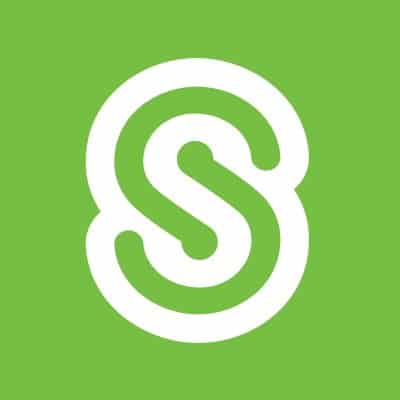
On March 6, 2020, the President signed emergency coronavirus response legislation, which includes the Economic Injury Disaster Loan (EIDL) program, to help small businesses through this challenging time.
This guide answers some of the critical questions concerning the small business disaster loan program.
Small business disaster loan program overview
As the coronavirus (COVID-19) pandemic tightens its grip on the U.S. economy, small businesses are preparing for a hit to their bottom lines. Those that aren’t forced into staff reductions need to prepare for employee absenteeism. With some estimates that this economic disruption could last 10 to 12 weeks or more, business survival is the paramount concern for business owners and employees alike. Fortunately, relief is coming in the form of disaster assistance loans from the Small Business Administration (SBA).
As a result of emergency legislation signed by the President on March 6, 2020, the SBA can issue under its own authority low-interest, disaster assistance loans up to $2 million to eligible small businesses and non-profits that have sustained “substantial economic injury.” These working capital loans issued under the Economic Disaster Injury (EID) loan program are available in all states through coordination with the SBA and designated state agencies.
Which businesses are eligible for loans?
EID loans are available to small businesses and small agricultural cooperatives and businesses. Loans are also available to most private non-profit organizations. This not only includes businesses directly impacted by COVID-19, but also businesses that cater to businesses that are impacted, as well as businesses are likely to be harmed by economic losses in their community.
EID loans are only available for businesses that can’t otherwise qualify for credit. Businesses that already have access to credit are not eligible.
What are EIDL loan qualifications?
Essentially, the SBA needs to determine that an applicant’s business has the ability to repay the loan. If the business has no established credit, it may rely on the credit history of the applicant. The SBA will review the financial statements for each principal and stakeholder with at least 20 percent ownership and will require the principals to personally guarantee repayment of the loan.
Is collateral required?
EIDL loans over $25,000 require some form of collateral, which could include real estate. SBA will not decline a loan for lack of collateral but does require borrowers to pledge whatever they might have available.
How much can I borrow?
Eligible businesses can qualify for up to $2 million of funding. The amount of funding that will be approved is based on the actual amount of economic injury.
What are the loan terms?
Small businesses will be charged 3.75% interest (2.75% for non-profit organizations) with terms up to 30 years, depending on the business’s ability to repay the loan.
How can the loan funds be used?
The purpose of the EIDL loan is to provide working capital to pay fixed debts, payroll, accounts payable, and other bills that the business could have paid had it not been for the crisis. Funds may not be used to replace sales or profits or to expand the business.
Where to apply for EIDL funding
Unlike SBA’s other loan programs, which are funded through designated banks, EIDLs are directly financed by the U.S. Treasury. Instead of applying for the loan through a bank, you apply directly with SBA’s Disaster Assistance Program at DisasterLoan.sba.gov.
What kind of documentation is required?
In addition to a completed SBA loan application, you may be required to file the following documents:
- Tax Information Authorization (IRS Form 4506T) for the applicant, owners, and affiliated entities
- Copies of your most recent federal income tax returns for the applicant
- If most recent returns have not been filed, a year-end profit-and-loss statement and balance sheet
- Personal financial statement
- Schedule of liabilities
- Monthly sales information (for determining the extent of the economic injury)
For more information on eligibility and requirements, go to DisasterLoan.sba.gov.
Additional Coronavirus Resources for Small Businesses
SBA’s Disaster Declaration Makes Loans Available (Guide)
Coronavirus: Small Business Guidance & Loan Resources
SBA Disaster Assistance in Response to the Coronavirus
Want to RECEIVE COVID-19 UPDATES?
Enter your email below and we'll keep you updated!






